The 2025 high school graduation exam will take place with a series of innovations in exam subjects, scoring methods and assessment orientation. This is the starting point for a new educational period, where the real capacity of learners is placed at the center.
The special feature of this year's exam is the simultaneous application of two programs: the 2006 general education program (for independent candidates) and the 2018 program (applied to 12th grade students). Each program has different philosophies, content and teaching methods, so the Ministry of Education and Training has separated the exam questions according to the program to ensure fairness in assessment.
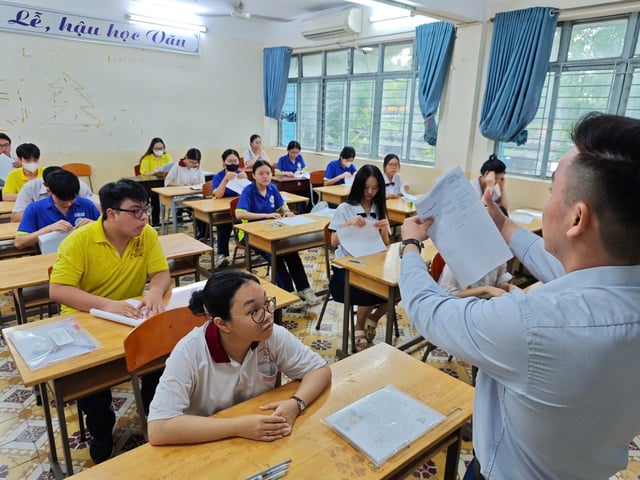
The 2025 high school graduation exam is an important turning point in the journey of educational innovation in Vietnam.
PHOTO: DAO NGOC THACH
Organizing exams under two parallel programs requires careful preparation, from the exam structure to the organization process. This is also a test to measure the ability to synchronize the national education system, towards a consistent output standard. In the process of educational innovation, students studying two different programs still ensure the graduation exam.
CAREER ORIENTATION EXAM
The year 2025 marks a major change in the exam structure. Students will only take four subjects: two compulsory subjects are math and literature; the remaining two subjects are freely chosen from nine subjects: physics, chemistry, biology, informatics, technology, history, geography, economic and legal education (GDKT-PL), and foreign languages. Foreign languages are no longer compulsory to create conditions for students in disadvantaged areas not to be required to take the English exam.
The three subjects of information technology, technology and GDKT-PL appeared for the first time in the exam, clearly showing the orientation of the 2018 program: linking education with life, career, digital skills and modern citizen thinking. Allowing students to choose according to their abilities and strengths not only helps reduce the situation of lopsided learning but also opens up space for diverse capacity development.
The rate of choosing subjects reflects the career orientation and practical interests of students. History (42.85%) and geography (42.4%) are the two most chosen subjects, followed by English (30.8%), physics (30.4%), GDKT-PL (21.22%), chemistry (21.17%)... Some new subjects such as information technology, agricultural technology, industrial technology have low selection rates, reflecting the challenge in synchronously implementing the new program in localities.
INNOVATION IN SCORING: REPORT ON ACADEMIC REPORTS ACCOUNT FOR 50%
A notable improvement is the way this year's graduation scores are calculated: exam scores account for 50%, and the average score of all three years of high school accounts for 50%. This calculation emphasizes the value of the learning process and forces high schools to improve the quality of regular assessment. However, it also raises concerns about the honesty and transparency of transcript scores - when in reality, the situation of "fake good scores" still exists in many places.
If not strictly controlled, report card scores will destroy the fairness of the exam. Therefore, the education sector needs to strengthen inspection, standardize the assessment process, and gradually create a culture of honesty in student assessment.
The 2025 high school graduation exam is designed to meet three goals: graduation assessment, assessment of education quality according to the new program, and providing data for university and college management and admission. With these multi-layered goals, the exam is not only a tool for assessing learners but also an indicator for adjusting policies, programs and teaching methods. However, the exam has many roles, leading to difficulties in the exam preparation stage.

Parents wait for their children to take the 2025 high school graduation exam with many worries
Photo: Tuan Minh
HIGHLY DIFFERENTIATIONAL EXAM
This year's exam questions are generally highly differentiated and closely follow the innovative direction: learn to understand, test to apply.
Math is considered long and difficult, requiring high capacity and ability to read and understand the test without being confusing, requiring logical thinking and practical application. This subject makes many students "break down" if they only learn tricks or memorize, especially the true/false questions and short answer questions. Therefore, many excellent students only get 7-8 points, good students only get 6-7 points. However, the test is an opportunity for students with a good foundation to demonstrate their true abilities.
Literature continues to maintain the familiar structure but increases the requirement for reflection and expressing opinions. In particular, the social argumentation with the theme "the sky of any homeland is the sky of the Fatherland" has created sympathy and aroused love for the country in the context of the ongoing administrative unit rearrangement.
The English subject, with a higher level of difficulty and differentiation than the sample test, is called the "history test". Although closely following the sample test, the test requires the ability to read quickly and process complex material - aiming at learning for use, rather than learning for exams. Only 30% of students take this subject, so it is difficult to compare with previous years.
New subjects such as information technology, technology and GDKT-PL have officially entered the graduation exam. However, the large difference in teaching conditions, teaching staff and materials has caused significant differences in exam quality between regions.
STRATIFICATION AND THE RISK OF INCREASING INEQUALITY IN EDUCATION
One of the noteworthy facts after this year’s high school graduation exam is the clear stratification of results between groups of students. Students in urban areas, specialized schools, with access to new programs and good guidance, often achieve high results. On the contrary, students in disadvantaged areas, lacking good teachers and limited learning conditions, face many disadvantages.
Differentiation in test results will reflect the current inequality in education quality - something that education reform has only begun to address. Therefore, without specific support policies, inequality will continue to increase.
It can be said that this year's exam has set high requirements: students must study, understand and do. However, we also need to frankly acknowledge some possible consequences. Firstly, due to the difficulty and strong differentiation of the English exam, the number of students choosing to take this subject may decrease in the future, which goes against the goal of English becoming the second language in schools as stated in Conclusion No. 91 of the Politburo. Secondly, increased exam pressure may cause a wave of extra teaching and learning.
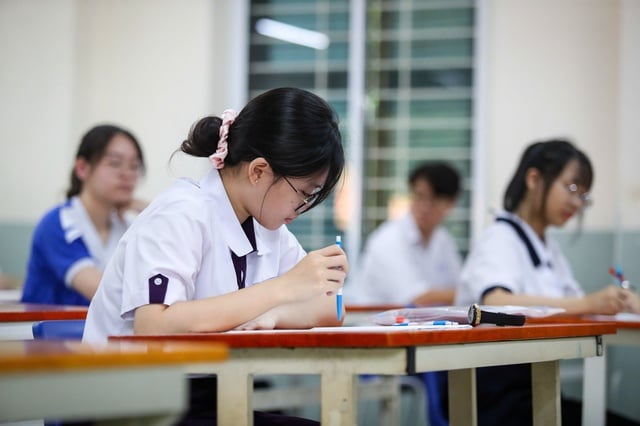
Candidates taking the 2025 high school graduation exam. This year marks a major change in the exam structure.
Photo: Nhat Thinh
THE EXAM OPENS A NEW ERA OF EDUCATION
In order for the high school graduation exam to truly become a tool for honest assessment and orientation of educational development, further adjustments are needed.
One is to standardize and improve the quality of teaching subjects, especially math and English. Two is to ensure integrity in process assessment, comparing academic records and exam scores between localities. Three is to communicate early and accurately about exam orientation, helping students prepare in the right direction. Four is to invest in developing an open exam bank, creating conditions for students and teachers to proactively practice in the direction of competency assessment.
This year, the Ministry of Education and Training may reconsider the way of scoring true/false questions in a way that benefits students.
The 2025 high school graduation exam is the beginning of a new educational mindset - assessing based on real capacity, and opening many doors instead of just one path to university.
Out of sync between curriculum - textbooks - exams?
The 2025 high school graduation exam ended not only with new signals about content and assessment methods, but also left many mixed feedbacks about the level of difficulty, differentiation and compatibility with the program - textbooks - actual capacity of students.
Through the exam, it can be seen that there is a lack of consistency between the textbook content and the exam requirements. According to the new program, textbooks are only one of many learning materials. However, in reality, for high school students - especially in rural and mountainous areas - textbooks are still the main, even the only, learning material.
Many questions in the 2025 exam far exceed the level of knowledge presented in the textbooks, causing students to be unable to do the test despite having studied correctly and sufficiently. They fall into a state of disorientation and loss of confidence, not knowing which textbooks to study, which materials to review, and how to stay on top of the exam.
This imbalance not only nullifies the role of textbooks, but also eliminates the core principle of the new program: developing self-study capacity.
Source: https://thanhnien.vn/de-ky-thi-tot-nghiep-thpt-cong-bang-va-hieu-qua-hon-185250629213928446.htm








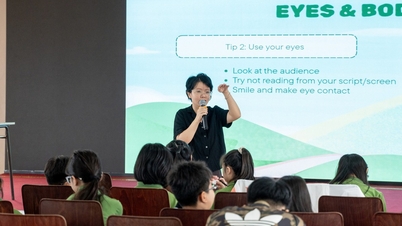





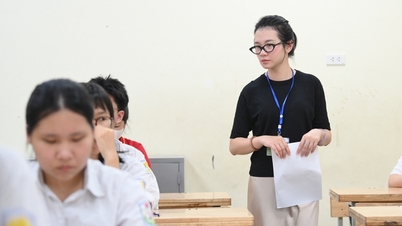
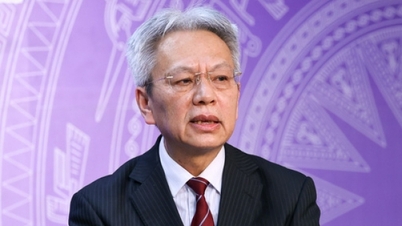

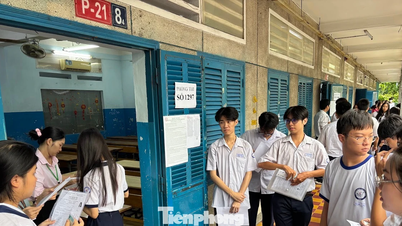

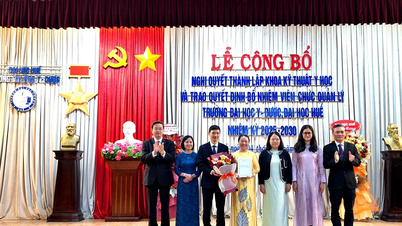

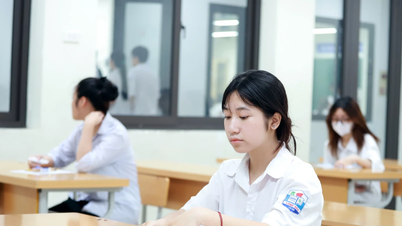





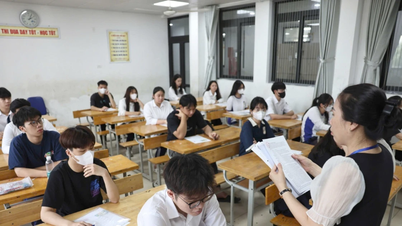











![[Photo] Parade to celebrate the 50th anniversary of Laos' National Day](/_next/image?url=https%3A%2F%2Fvphoto.vietnam.vn%2Fthumb%2F1200x675%2Fvietnam%2Fresource%2FIMAGE%2F2025%2F12%2F02%2F1764691918289_ndo_br_0-jpg.webp&w=3840&q=75)















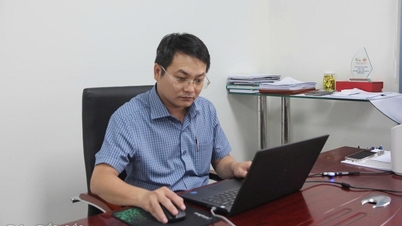

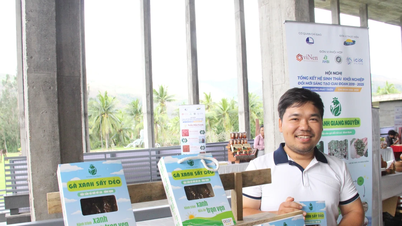

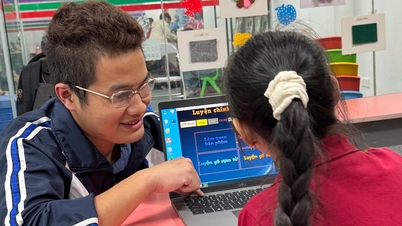



![[VIMC 40 days of lightning speed] Hai Phong Port determined to break through, reaching the target of 2 million TEUs by 2025](https://vphoto.vietnam.vn/thumb/402x226/vietnam/resource/IMAGE/2025/12/04/1764816441820_chp_4-12-25.jpeg)














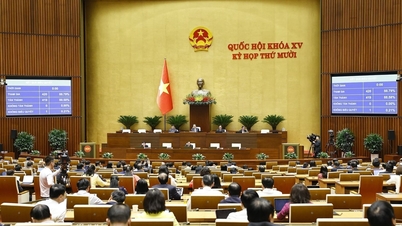

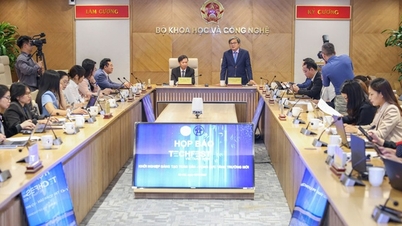



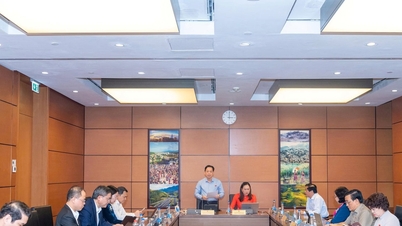






























Comment (0)